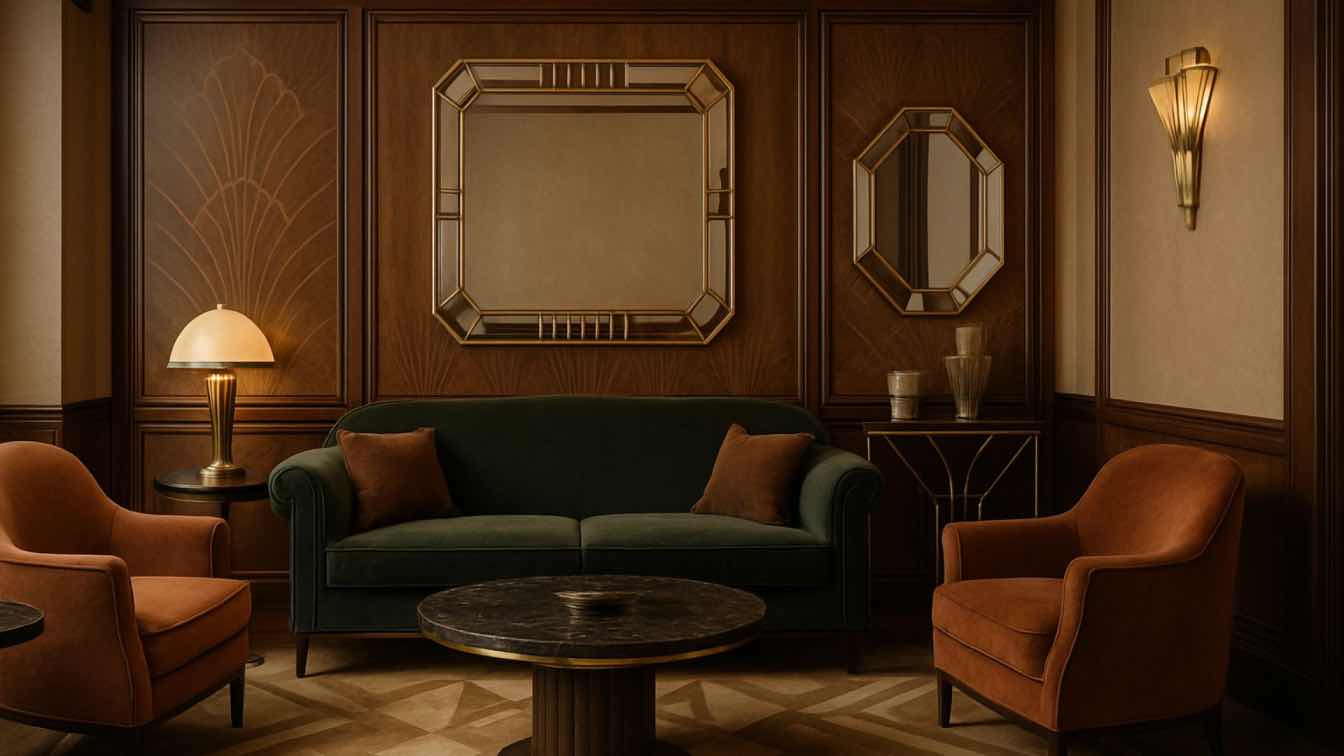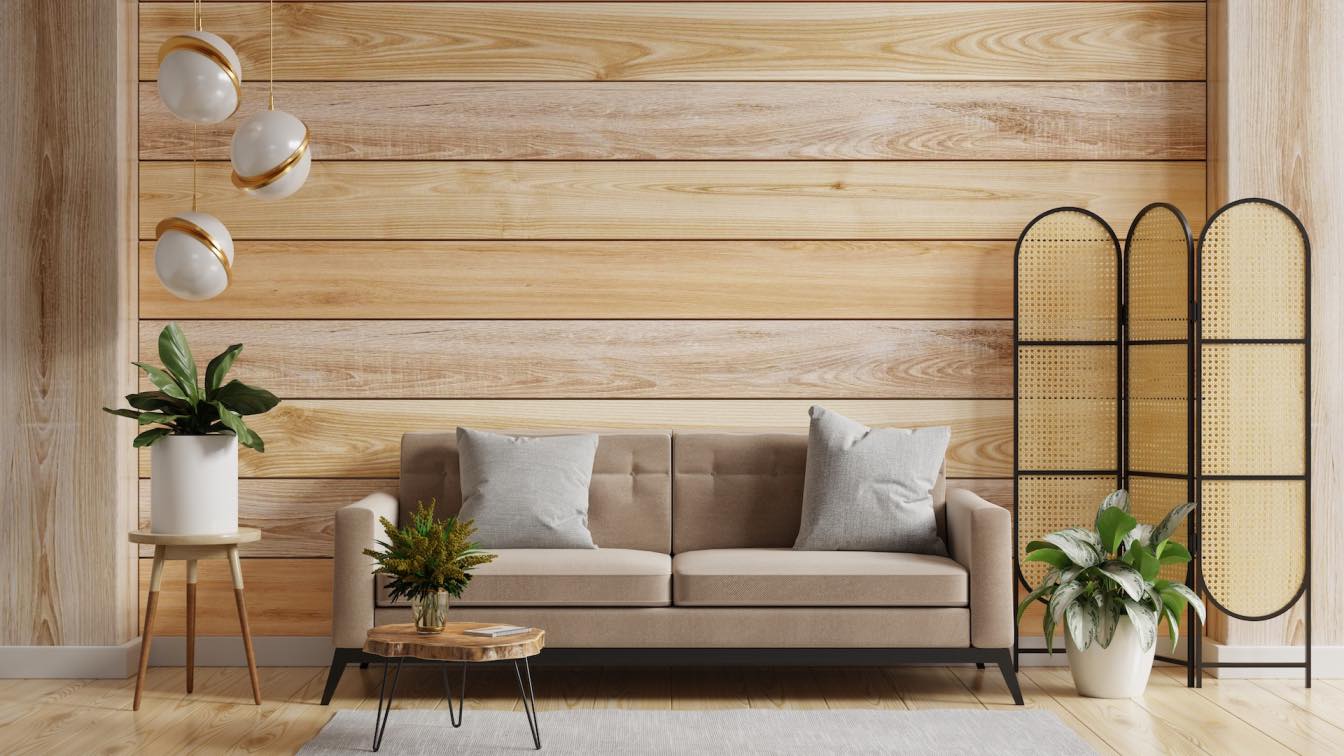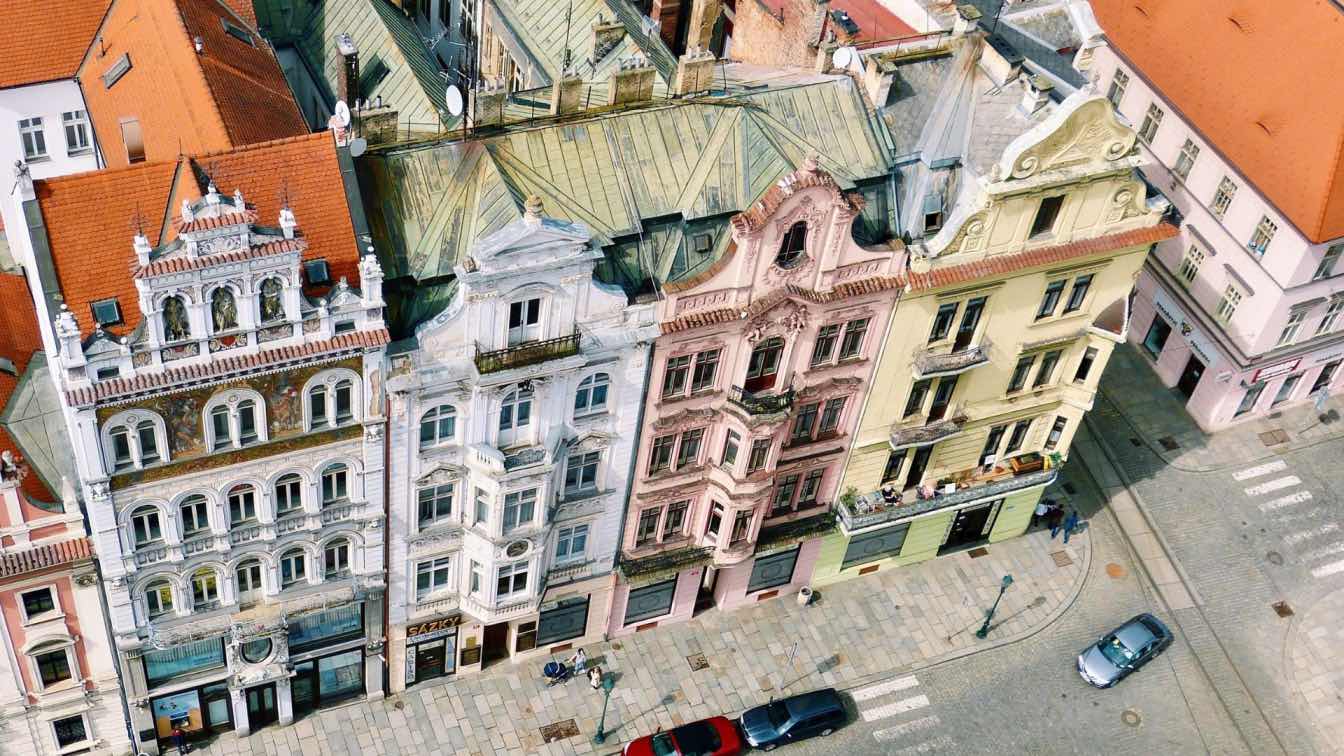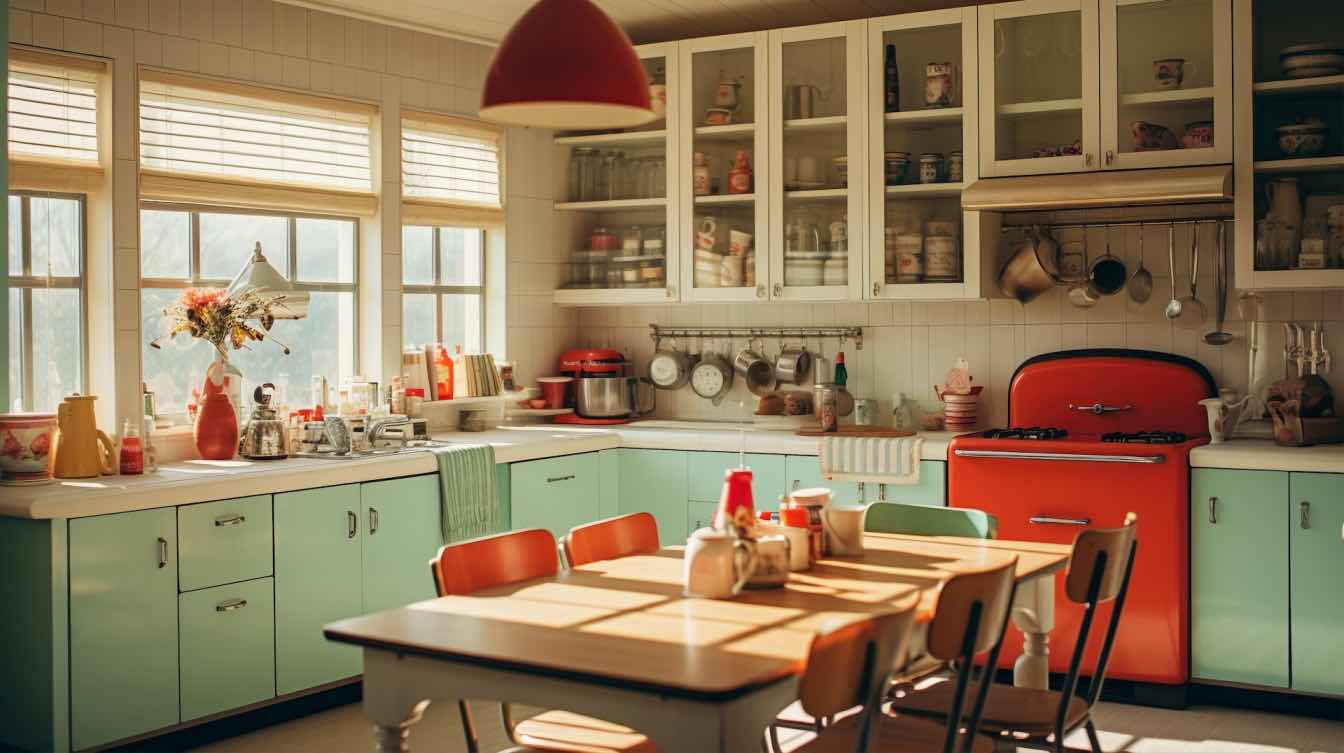Art Deco—a design trend known for its glitz, elegance, and daring geometry—emerged in the Roaring Twenties. Due to its ageless appeal and the combined forces of traditional charm with modern taste, this lavish style is making its supreme comeback in contemporary interior design.
Luxurious finishes and symmetrical motifs—prominent in recent design trends, these are in great harmony with the Art Deco aesthetic. Art Deco interiors provide a unique style that shines out, whether you're trying to create a statement or add subtle vintage charm.
The renewed interest in historic design styles also speaks to a desire for deeper connection in our living spaces. Art Deco offers that connection while still feeling forward-thinking, bridging the gap between past and present in a way that few other aesthetics can manage.
The Core Elements of Art Deco Style
A fusion of luxury and geometry—most often accented with metallic finishes and rich materials, these elements showcase a philosophy of progress and opulence that defined the 1920s.
Symmetrical form and rich detailing continues to influence contemporary design directions, reinforcing its relevance in today’s interiors.
Geometric Symmetry
Straight lines, zigzags, chevrons, and sunburst patterns are key to Art Deco—these motifs repeat in everything from tiled floors to mirrors and ceiling moldings.
The geometry isn’t only to add visual interest but also to convey a sense of balance and modernity. Even subtle applications, such as wall stenciling or embossed wallpapers, can deliver the same striking effect with a modern twist.
Rich and Polished Materials
Think of lacquered wood, mirrored surfaces, chrome, brass, and marble. These materials bring an unmistakable glamour to your interiors.
High-gloss finishes and reflecting surfaces are now more prevalent as ways to enhance environments without overpowering them, according to recent trends. To get more refinement without going overboard, designers are getting used to exploiting these materials for more subtle areas like powder rooms and foyers.
Bold Color Contrasts
Black and gold, deep navy with ivory, emerald green paired with blush—these dramatic color duos are fundamental to achieving an authentic Art Deco look.
Use these contrasts in upholstery, wall treatments, and even light fixtures—this adds visual drama. Recently, layered palettes combining neutrals with metallics have also gained traction, offering a softer but equally compelling take on Deco contrasts.
Updating Your Living Room with Deco Elegance
The living room offers the perfect canvas for embracing the Art Deco style. Mixing vintage elements with contemporary accents helps maintain a look that feels both nostalgic and fresh. Modern designers are placing emphasis on creating focal points—like a sculptural sofa or a bold patterned rug—that anchor the room with vintage appeal.
Statement Lighting
Opt for chandeliers and wall sconces featuring geometric designs or stepped profiles. Designers are increasingly turning to frosted glass and brass combinations, a trend that has dominated lighting releases since January. Clustered pendants and layered lighting plans are also becoming more common, providing both function and artistic form.
Furnishings with Curves and Edges
Art Deco furniture requires you to blend form and function. Sofas with rounded edges, lacquered cabinets with inlay work, and armchairs with sculpted arms—these all give the living room an intentional and professionally-decorated feel.
Prioritize pieces that mix softness with strong silhouettes. Mixed material furniture—wood and leather, metal and stone—adds depth and texture while honoring the Deco spirit.
Metallic and Mirror Accents
Side tables with mirror tops or gold leaf finishes bring sparkle to the room. Incorporating a mirrored console or chrome-legged coffee table reflects light and adds depth, enhancing the room's visual intrigue.
Don’t overlook accessories—metal-framed trays, glossy vases, and jewel-toned cushions can tie the entire space together with minimal effort.
Art Deco Accents and Finishing Touches
Small decorative elements can powerfully impact the overall aesthetic, especially when incorporating vintage home decor for your house, making it easier to weave Deco influence throughout your home.
Ceramics, clocks and crystal vases are all the core of vintage home decor for your house that let you experiment without overhauling your existing decor. Even minor changes, like swapping light switch covers or adding metallic planters, can make a surprising difference.
Wall Art and Mirrors
Select pieces with strong lines, metallic frames, or stylized figures. Sunburst mirrors and framed prints of 1920s motifs are especially popular again, according to recent interior styling trends. You can also consider customized wall decals or mural panels that draw from Art Deco architecture and artwork.
Rugs and Flooring
Use rugs with geometric patterns and contrasting colors to ground your space. High-pile or hand-tufted options in symmetrical layouts add warmth while maintaining style integrity. Some homeowners are now layering rugs for added depth or incorporating parquet floors with inlaid borders for an authentic Deco touch.
Decorative Accessories
Crystal vases, metallic bowls, and sculptural bookends—some of the pieces that reinforce the Deco narrative. Use them sparingly. This’ll help you avoid clutter, focusing on high-impact placement on consoles or shelves.
Candle holders, vintage clocks, and small figurines can also enhance the theme while offering functionality.
Art Deco in the Bedroom: Glamour Meets Comfort
In order to convey an air of decadence, Art Deco emphasises symmetry, layered materials, and lavish detailing. The perfect setting for gentle Deco elegance that encourages relaxation and style is the bedroom, which is sometimes disregarded in design ideas.
Deco-style bedrooms revolve around headboards—go for leather or velvet furniture with striking patterns like sunburst or scalloped patterns. Pay attention to jewel tones like sapphire and amethyst as these have been increasingly fashionable in recent months.
For added luxury, coordinate your headboard with upholstered walls or bedside benches.
Nightstands and Dressers with Character
Choose furniture with intricate hardware, lacquer finishes, or deco-style veneer patterns. Look for stepped drawer fronts or inlaid designs, which have seen a revival in newly released collections. Pair vintage nightstands with modern lamps for an interesting juxtaposition that keeps the space grounded and functional.
Fabrics and Patterns
Velvet, satin, and silk are at the frontline. In geometrically inspired prints add layers of richness—from bedding to drapery—these textiles bring the tactile luxury that defines the Deco aesthetic. Quilted throws, patterned cushions, and even fringed detailing are subtle ways to enhance the room’s texture and ambiance.
Kitchen and Dining Spaces: Deco with a Twist
Although not traditionally associated with Art Deco, the kitchen and dining areas are now embracing the style in refined, functional ways. With the right touches, you can bring Deco flair into these high-traffic zones without sacrificing practicality. These spaces benefit most from strategic accents rather than full thematic overhauls.
Flat-front cabinets in lacquered black or navy, paired with gold or chrome hardware, have seen a rise in trend reports this spring. These choices strike a perfect balance between modern minimalism and vintage drama. Some designers are adding fluted details or art-inspired pulls for extra Deco personality.
Marble with bold veining or geometric tile layouts can define the Deco character in your kitchen. Home designers are turning to dramatic black-and-white combos and Art Deco mosaics to elevate ordinary surfaces. Even quartz and porcelain are now being fabricated with Deco motifs, making them more accessible and durable.
Conclusion
Art Deco isn’t a nostalgic nod to the past but a fully modern style consistently adapting to new materials and layouts. Its growing relevance in today’s homes underscores a broader trend toward thoughtful, curated interior environments.
Incorporate signature Deco elements like symmetry, metallic finishes, and luxurious textures for a home representing a celebration of timeless design. Whether through major renovations or small additions, Art Deco offers you a refined and unforgettable aesthetic. More than just beautiful decor, it offers an opportunity to create a space that reflects sophistication, individuality, and a respect for design history.





